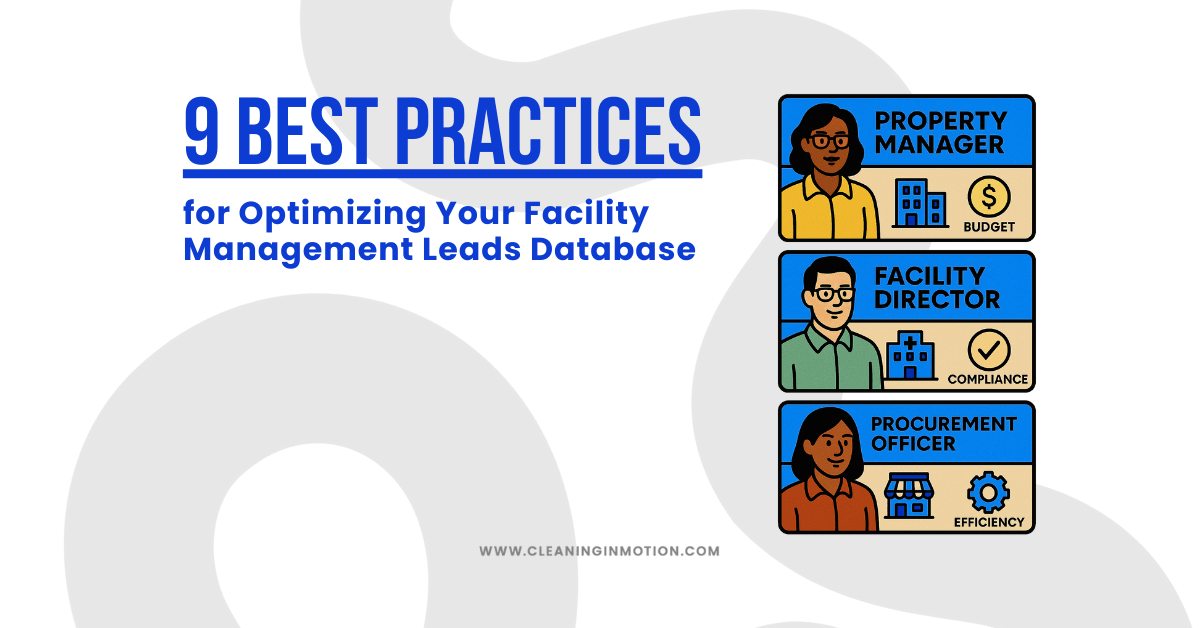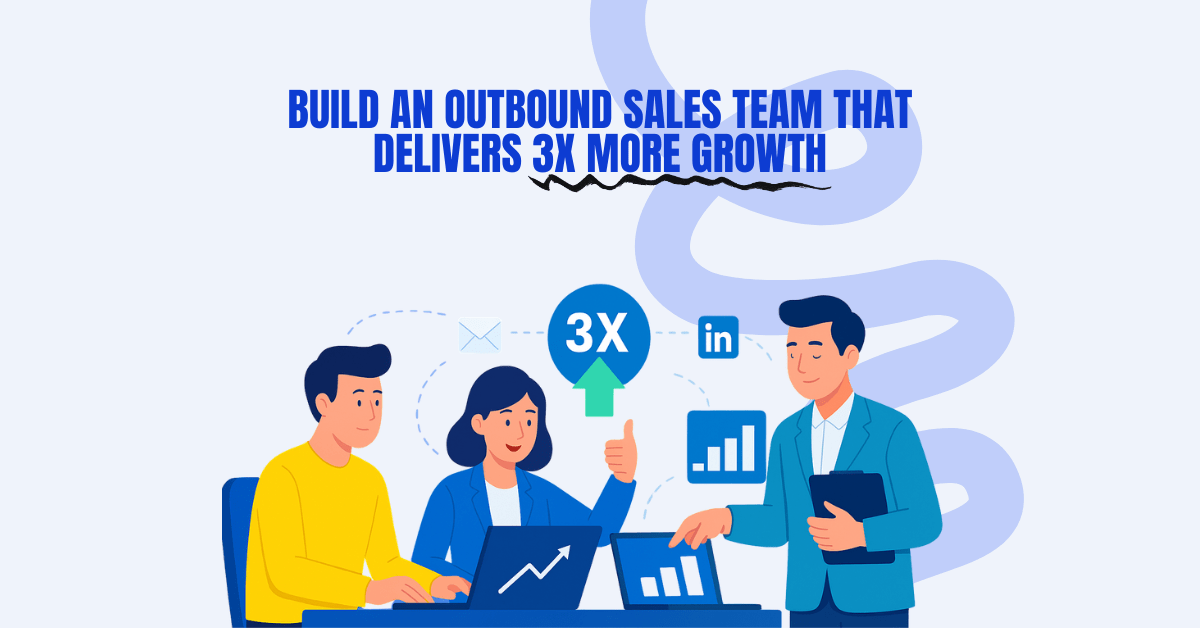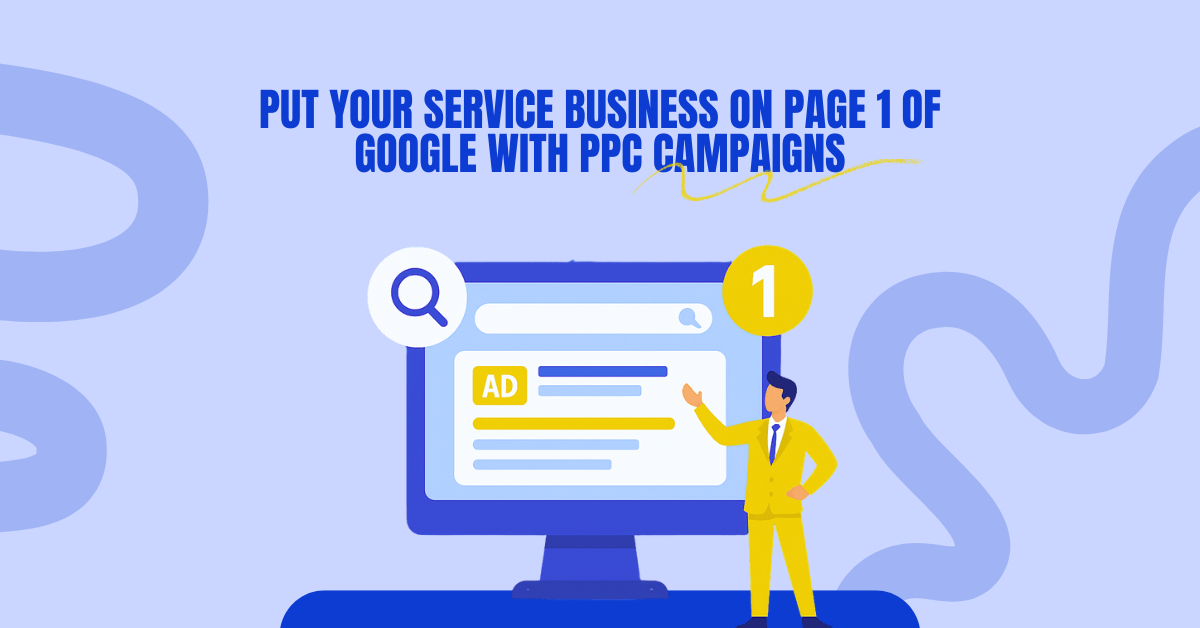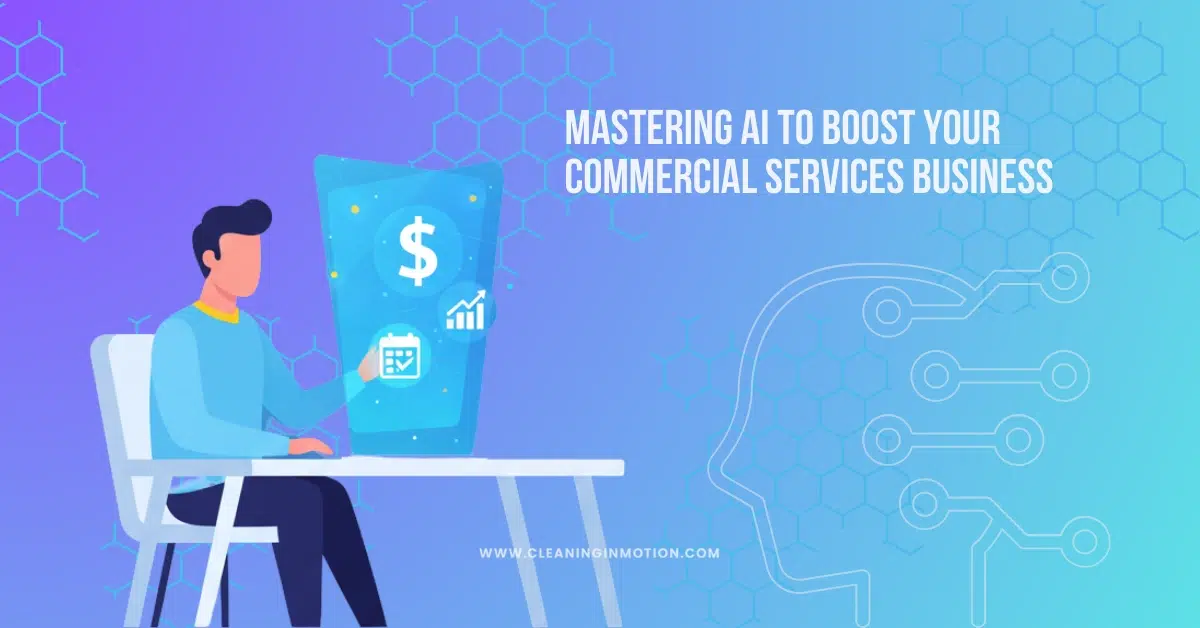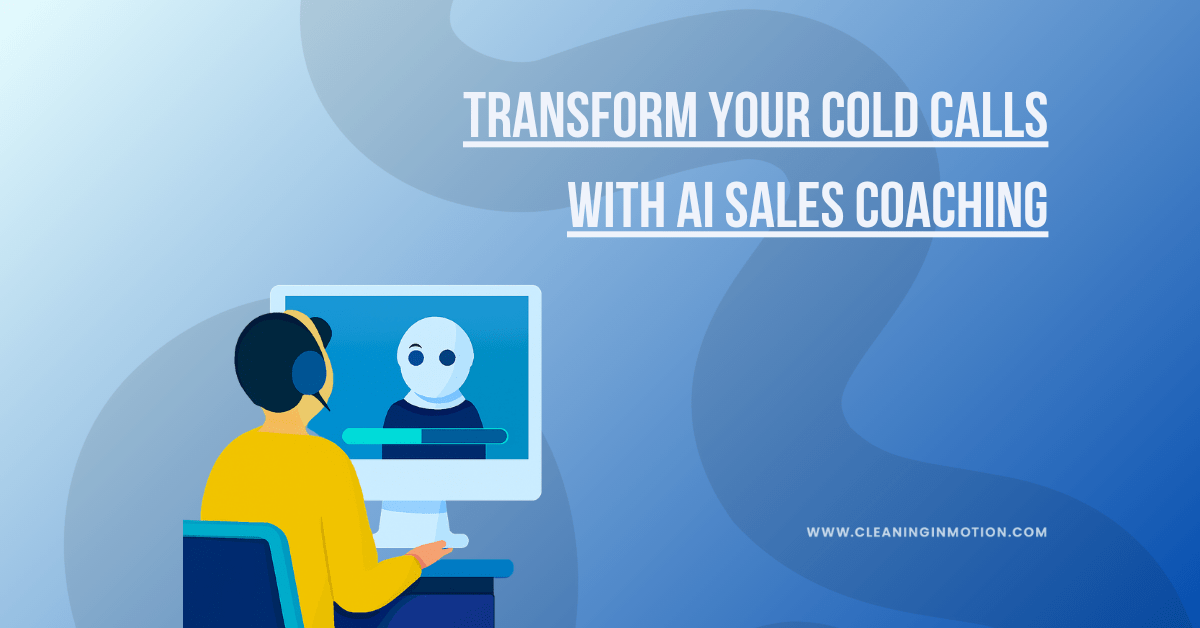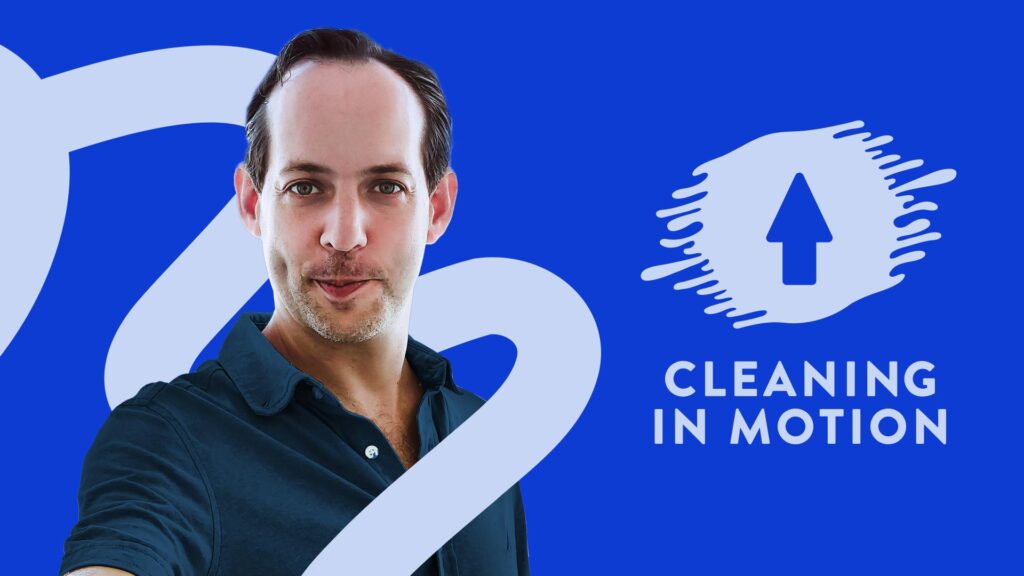Research shows that 30% of business data becomes outdated each year, meaning that without regular updates, a significant portion of a company’s leads may become irrelevant or unusable. Inaccurate data leads to misallocated resources, failed outreach attempts, and missed business opportunities. By implementing best practices for lead database management, facility service providers can improve their conversion rates, enhance operational efficiency, and strengthen client relationships.
This article outlines ten essential strategies to ensure a facility management business maintains a high-quality and effective leads database.
If you are interested in more information, refer to: how to grow your cleaning business database fast.
1. Leverage an Industry-Focused CRM for Effective Facility Manager Leads Control

A Customer Relationship Management (CRM) system is the foundation of an effective lead management strategy. However, generic CRMs often lack the specialized features that facility management businesses need to track and nurture leads effectively. At Cleaning in Motion, we use Motion App, which is designed specifically for commercial cleaning and facility service providers. It offers tailored functionalities that help companies organize leads, track service contracts, and automate communications.
Unlike traditional CRMs, Motion App centralizes customer data, integrates task tracking, and has automated lead follow up capabilites, allowing sales and operations teams to focus on high-value activities. By ensuring that lead and client information is continuously updated within a specialized system, your business can enhance its outreach strategies and build stronger client relationships.
For facility service providers looking to improve efficiency and customer engagement, adopting a janitorial cleaning business CRM like Motion App can provide a competitive advantage.
2. Standardize Your Data Input Process
One of the biggest challenges in database management is inconsistent data entry. When lead information is entered incorrectly or incompletely, it creates long-term inefficiencies that hinder the sales process. A recent study states that poor-quality data costs businesses an average of 15-25% of their revenue (Harvard Business Review). These losses stem from wasted time, missed opportunities, and ineffective sales efforts caused by inaccurate records. Setting clear data quality standards ensures that all contacts are recorded correctly and contain relevant information.
Facility management businesses should establish a standardized process for data input, including uniform formats for company names, job titles, phone numbers, and addresses. Employees responsible for updating CRM records should be trained on the importance of accuracy and consistency. Implementing a mandatory checklist for new entries can help prevent errors and ensure that every lead in the database is complete and reliable. By prioritizing data integrity, facility service providers can significantly improve operational efficiency and lead conversion rates.
3. Perform Quarterly Data Cleanups

Data quality deteriorates over time, and without regular maintenance, a database can become cluttered with duplicate, outdated, or irrelevant contacts. Performing scheduled data audits helps remove inaccuracies and keep records up to date.
A quarterly review of the database should include:
- Identifying and merging duplicate entries to avoid redundancy.
- Verifying email addresses and phone numbers to ensure they are still in service.
- Removing leads that have not engaged in over 12 months, as they are likely no longer interested or have moved on.
Using data validation tools can automate this process, ensuring that incorrect information is flagged and corrected before it impacts outreach campaigns.
4. Employ Automation Tools To Validate Your Data
Manually verifying lead information before every outreach attempt is impractical, particularly for large-scale facility service providers handling thousands of contacts. Instead, businesses should leverage automated data validation tools to keep records accurate without excessive manual effort.
AI-powered data enrichment solutions such as ZoomInfo, Clearbit, and Apollo.io can automatically update contact details by cross-referencing business databases, LinkedIn profiles, and public directories. These tools can flag outdated job titles, inactive email addresses, and incorrect phone numbers, allowing teams to focus only on viable leads.
For email verification, tools like NeverBounce and ZeroBounce ensure that contact emails are active and deliverable, reducing bounce rates and improving campaign effectiveness. Similarly, Twilio’s Number Lookup API can verify phone numbers in real-time, ensuring that sales teams don’t waste time calling disconnected lines.
Additionally, workflow automation platforms such as Zapier, Make.com, and n8n.io can integrate these validation tools with CRMs like Motion App, HubSpot, Zoho and more, ensuring that all updates are automatically reflected in your database. Implementing scheduled bulk verifications on a monthly or quarterly basis further ensures that outdated information is systematically removed or corrected, keeping the database clean and actionable.
5. Segment Lead Data for More Effective Outreach

Effective lead segmentation enhances targeted communication strategies and increases conversion rates. Not all leads have the same needs, and facility service providers must categorize their contacts based on relevant factors.
Segmentation should include:
- Facility Type – Office buildings, hospitals, industrial plants, retail spaces, etc.
- Service Needs – Recurring maintenance vs. specialized services.
- Decision-Maker Roles – Property managers, facility directors, procurement teams.
By organizing data this way, marketing and sales teams can tailor their messaging, ensuring that each outreach effort speaks directly to the specific needs and challenges of the prospect.
For example, consider hospitals and healthcare facilities. A general cold email campaign that vaguely promotes “commercial cleaning services” may not resonate with hospital administrators, who require strict compliance with sanitation regulations, infection control, and 24/7 availability.
A targeted email campaign tailored for hospitals, on the other hand, would:
- Highlight compliance with healthcare cleaning standards (OSHA, CDC, EPA).
- Emphasize infection control expertise and experience with medical environments.
- Offer customized disinfection schedules to accommodate patient care operations.
- Provide case studies of other hospitals or medical facilities served.
By personalizing the messaging to address the pain points of hospital facility managers directly, the campaign would stand out as relevant, credible, and solution-oriented, significantly increasing the likelihood of engagement and conversion.
6. Use Zapier for Cross-Platform Integrations
Zapier is an excellent tool for automating workflows between various business applications. By integrating Motion App with other essential tools, facility management companies can create a seamless flow of data across multiple platforms.
For example, when a lead books an appointment, Zapier can:
- Update the CRM automatically.
- Send an email confirmation to the sales team.
- Notify relevant stakeholders via Slack or Google Calendar.
These integrations reduce manual data entry and ensure that all departments are aligned with real-time updates, improving efficiency and response times.
7. Leverage AI-Powered Call Recording for Continuous Improvement
Each interaction with a prospect presents a valuable opportunity to refine and enrich lead data while continuously improving sales performance. Modern AI-powered call recording software can revolutionize this process, providing deep insights and actionable intelligence from every conversation.
Sales teams should implement advanced call recording solutions like Gong, Chorus by ZoomInfo, or CallRail to capture and analyze outbound calls automatically. These tools use artificial intelligence to transcribe conversations, detect key phrases, and identify successful sales techniques. By leveraging this technology, sales representatives can focus on engaging with prospects while the software captures critical information and generates insights.
8. Track These 3 Essential Database Metrics
To measure the effectiveness of database maintenance efforts, businesses should track key performance indicators (KPIs) such as:
Key Metrics and Performance Benchmarks:
- Email Bounce Rates – A high bounce rate suggests outdated or incorrect contact details.
- Benchmark: A healthy email bounce rate should be below 2%.
- Needs Attention If: A bounce rate above 5% indicates poor email list hygiene and outdated records, requiring immediate cleanup.
- Call Connection Rates – The percentage of outbound calls that successfully connect with a live person.
- Benchmark: A strong call connection rate is above 40% for cold outreach.
- Needs Attention If: Less than 20% of calls connect, the phone numbers in your database may be outdated or incorrect.
- Lead Response Rates – The percentage of prospects who reply to outreach emails, calls, or messages.
- Benchmark: Industry averages for cold email response rates range between 8-12%.
- Needs Attention If: A response rate below 5% suggests that emails are not relevant, reaching the wrong contacts, or being marked as spam.
By regularly reviewing and optimizing these metrics, facility management companies can maintain a high-quality, actionable database that improves conversion rates, reduces wasted outreach efforts, and strengthens sales performance.
9. Build a Team That Masters Your CRM and Leads Database Management

Technology alone cannot ensure long-term database integrity—it requires a well-trained team that understands the value of accurate data and follows structured processes to maintain it. Even the most sophisticated CRM system will fail to deliver results if employees lack the knowledge to use it effectively.
For facility management companies, where lead databases must be kept up to date to ensure consistent follow-ups, contract renewals, and targeted outreach, data management training should be an ongoing effort rather than a one-time event.
Key Areas to Cover in CRM & Data Training
- Proper CRM Usage and Data Entry Protocols
Employees should be trained on how to correctly input, update, and categorize data in the CRM. Inconsistent or incorrect entries—such as missing job titles, duplicate records, or outdated contact information—can significantly impact sales and marketing efforts.
- Standardize data entry formats (e.g., full company names, phone number formatting, and email structure).
- Implement validation rules to prevent incomplete or incorrect entries.
- Assign team members responsibility for reviewing and correcting data inconsistencies.
- Building a Culture of Data Accuracy and Accountability
A strong data-driven culture starts from leadership down. Employees need to understand that clean, accurate data is critical to business success and that everyone plays a role in maintaining data integrity.
- Implement quarterly refresher training sessions to reinforce best practices.
- Assign CRM data champions responsible for monitoring database quality.
- Use performance metrics to measure individual and team contributions to data accuracy.
When employees understand how and why to maintain data accuracy, the entire organization benefits. A CRM system is only as valuable as the data inside it. With proper training, facility management companies can leverage data as a powerful asset for long-term success.
The Bottom Line: Clean Data = More Contracts
Maintaining an up-to-date and well-organized leads database is no longer optional for facility management businesses—it’s a necessity. Without accurate, segmented, and automated data management practices, companies risk losing potential contracts, wasting resources, and missing critical follow-up opportunities.
By implementing these ten essential strategies, facility service providers can:
✅ Improve sales efficiency by reaching the right decision-makers with accurate contact details.
✅ Enhance lead nurturing and follow-up with structured automation and segmentation.
✅ Increase conversion rates by leveraging targeted outreach campaigns tailored to specific industries.
✅ Reduce wasted marketing spend by eliminating outdated or duplicate records.
✅ Create a data-driven culture where teams proactively maintain and refine lead information.
If your business is struggling to keep its lead database clean and actionable, or if you want to automate your lead generation efforts, we can help. Our expertise in facility management CRM automation, data validation, and outreach optimization can ensure your team focuses on closing deals—not fixing spreadsheets.
📅 Schedule a free strategy session today, and let’s build a system that helps your business generate, manage, and convert leads effortlessly.
